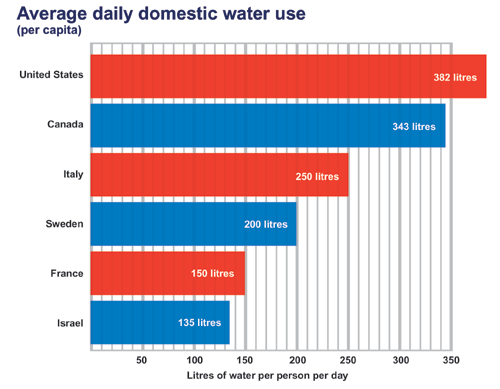For millennia, fresh water has been treated as a public resource. The term ‘public resource’ in this context refers to a resource that is provided by a government and made available to all for free or at minimal cost. For many, water represents a fundamental human good that should be made universally accessible. In 2010, for example, the United Nations passed Resolution 64/292 which “recognizes the right to safe and clean drinking water and sanitation as a human right that is essential to the full enjoyment of life and all human rights.” For many others, however, access to water should be subject to the same norms and regulations as any other private resource. In other words, some suggest that water should be ‘privatized’. Due to the apparent mutual exclusivity of these viewpoints (barring a dual system), the privatization of water has developed into a highly controversial topic, albeit with legitimate arguments on both sides. This article will deal with the former argument: That water should be privatized and exposed to market forces. Part II of this article will deal with arguments against privatization.
As the Earth’s population grows, consumer demand for fresh water grows with it. Global consumption of water is doubling every 20 years, and according to the United Nations, more than one billion people on the planet already lack access to fresh drinking water. Due to the effects of global climate change, the availability of fresh water in many regions is expected to decline further. Nevertheless, despite the fact that water is a vitally important resource and is in fact necessary to sustain life, its price has been kept relatively low while its waste has been comparatively high. As such, it is no wonder that many are calling for the distribution of water to be managed more effectively.
A study by the University of Michigan demonstrated that water prices may be too low with direct and indirect subsidies keeping prices down to such a point that they can be said to encourage water waste. Canada is no exception to this finding. According to Environment Canada, each individual Canadian has been found to use up to 350 litres of water per day, per capita. A single load of laundry can use up to 225 litres, while a mere 5-minute shower has been said to use 100 litres of water on average. In terms of global water consumption, this places Canada second in the world.

Such overindulgence could be reduced by exposing water to market forces through privatization. This would involve a transition from a state-operated system where water is regulated as a public utility to a system in which water is treated as a tradable commodity subject to private property rights (similar to gold or any other globally tradable resource). The Chilean government did exactly that in 1981 when it first privatized water rights and greatly reduced government regulatory powers in relation to water management. As such, Chile is the world’s leading example on water privatization.
The argument behind such a transition is that by exposing water to market forces, it will be managed and priced more efficiently. Market economics presumes that private actors will act rationally in their own best interests. In the end, it is argued that privatization will result in new price for water that will reach an equilibrium between supply and demand. For explanatory purposes, ‘equilibrium’ used in this context refers to state at which the price consumers pay is equivalent to the benefit they receive.
Once this price equilibrium has been reached, it is likely that water will no longer be used wastefully, but instead, will be purchased based on need, resulting in market-induced water conservation, because purchasers will be able to see a direct link between their water usage and the resultant price they must pay for this use. As the world’s population increases, water conservation will become crucial to ensuring that everyone has access to fresh water. Nevertheless, neoliberal approaches to macroeconomics have never been without criticism. We will explore these criticisms in Part II of this article.





